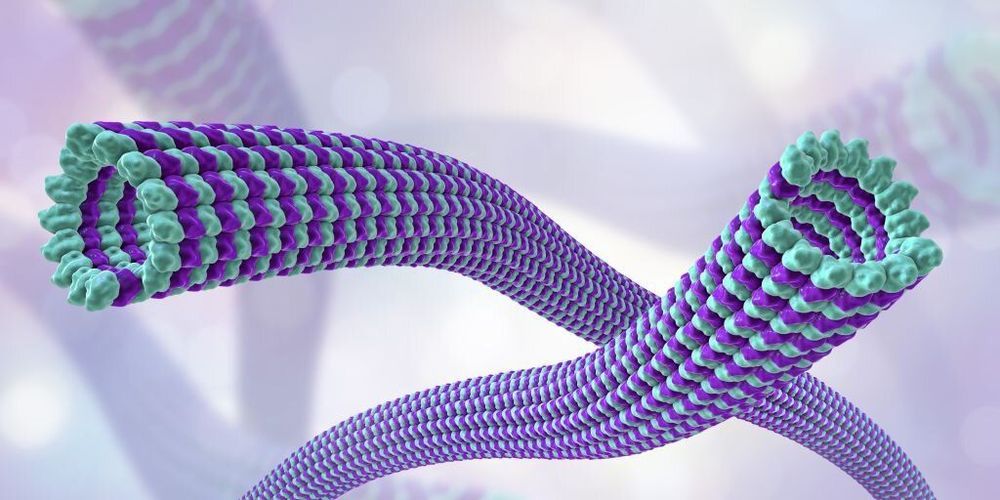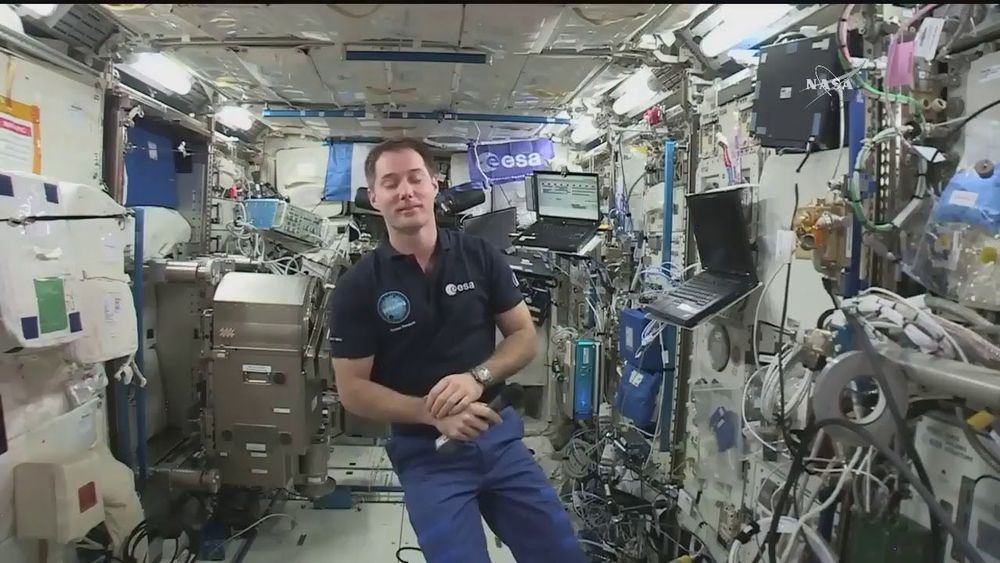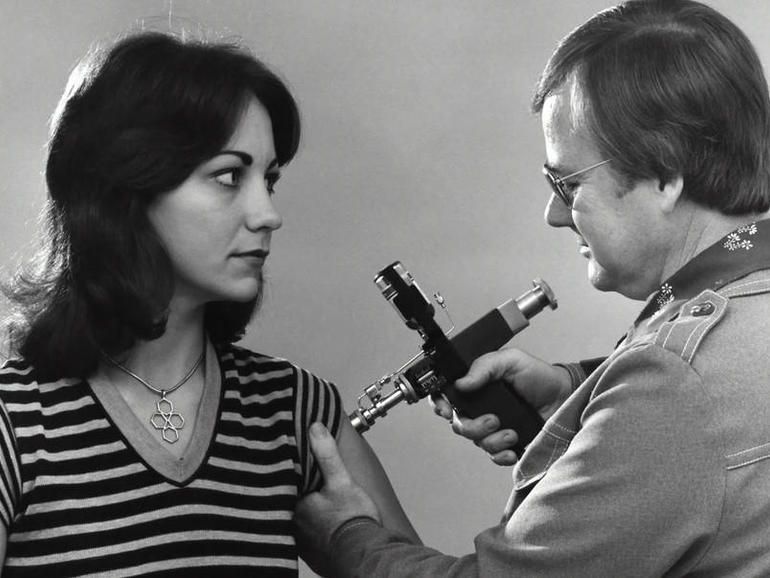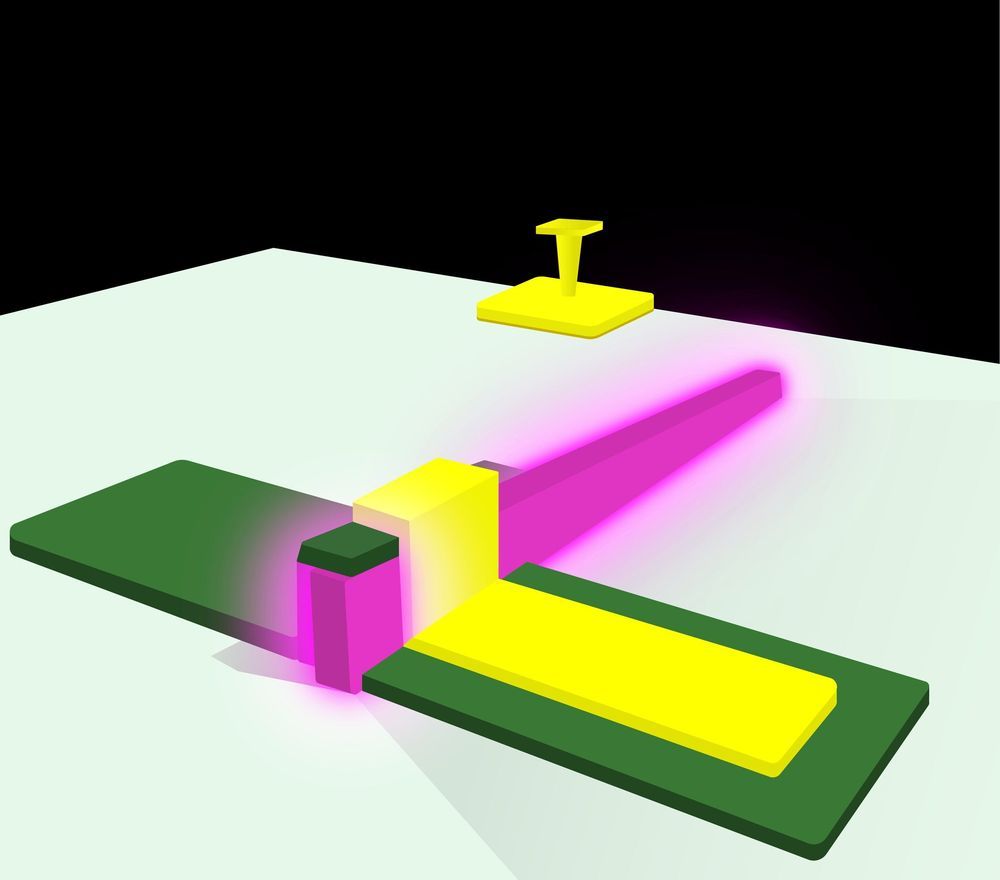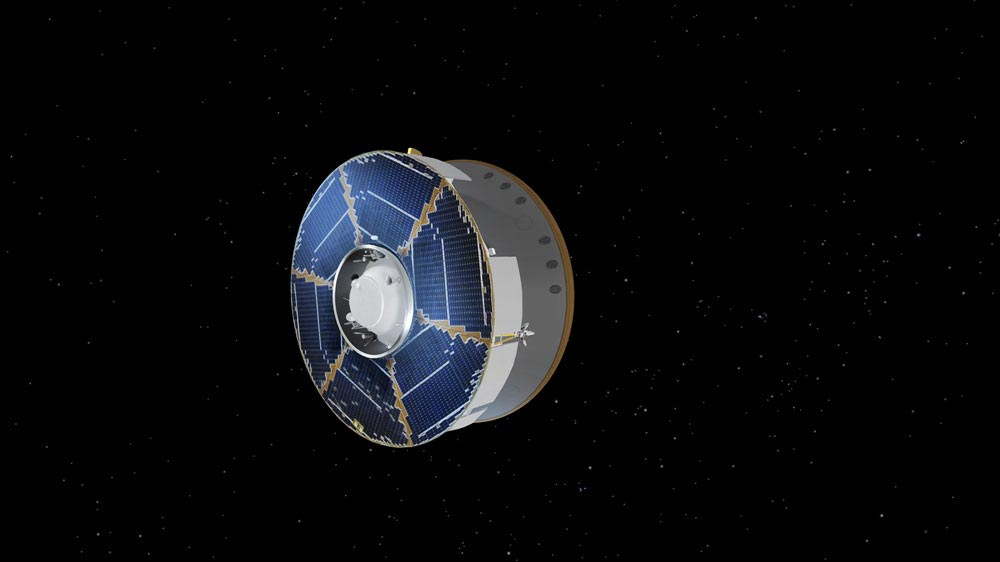Aug 14, 2020
Exponential scaling of frictional forces in cells
Posted by Genevieve Klien in categories: biological, chemistry
AMOLF researchers have presented a theory that describes the friction between biological filaments that are crosslinked by proteins. Surprisingly, their theory predicts that the friction force scales highly nonlinearly with the number of crosslinkers. The authors believe that cells use this scaling not only to stabilize cellular structures, but also to control their size. The new findings are important for the understanding of the dynamics of cellular structures such as the mitotic spindle, which pulls chromosomes apart during cell division.
Motor proteins versus frictional forces
Many cellular structures consist of long filaments that are crosslinked by motor proteins and non-motor proteins (see figure). These so-called cytoskeletal structures not only give cells their mechanical stability, but also enable them to crawl over surfaces and to pull chromosome apart during cell division. Force generation is typically attributed to motor proteins, which, using chemical fuel, can move the filaments with respect to one another. However, these motor forces are opposed by frictional forces that are generated by passive, non–motor proteins. These frictional forces are a central determinant of the mechanical properties of cytoskeletal structures, and they limit the speed and efficiency with which these structures are formed. Moreover, they can even be vital for their stability, because if the motor forces are not opposed by the friction forces generated by the passive crosslinkers, the structures can even fall apart.
